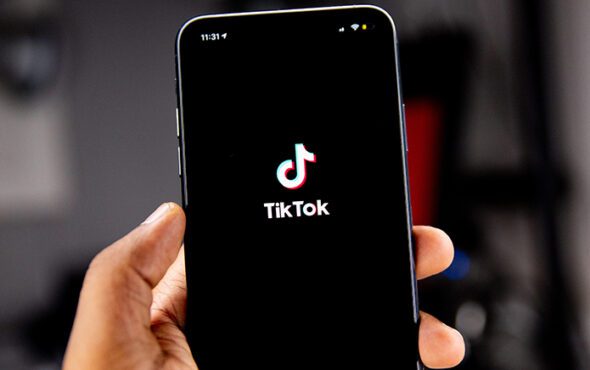
Social media giant TikTok allegedly monitored users that engaged with LGBTQ+ content, according to The Wall Street Journal.
Former TikTok employees revealed to The Wall Street Journal that the popular video-sharing platform curated a list of users, which could be viewed by authorised staff via a dashboard, to monitor interactions with queer content.
The information collected also included ID numbers which enable TikTok to identify those who are engaging with LGBTQ+ content.
TikTok released a press statement reaffirming that user privacy and security is paramount to their platform: “Safeguarding the privacy and security of people who use TikTok is one of our top priorities.”
Former TikTok employees expressed concern that the available data could create a list of “vulnerable users” across the globe, particularly in countries where LGBTQ+ people face increasing discrimination and violence.
According to The Wall Street Journal’s report, TikTok workers, in the US, UK, and Australia) raised concerns about this practice to higher-level executives in 2020 and 2021.
The former employees feared data could be shared externally or used to blackmail TikTok users.
However, a TikTok spokesperson told The Wall Street Journal that the dashboard used to access and analyse data is no longer in use and was deleted, in the US, almost a year ago.
Klon Kitchen, a senior fellow at the conservative American Enterprise Institute and a former intelligence officer explained to The Wall Street Journal how data pertaining to specific LGBTQ+ people could be misused.
“If an individual isn’t public about that orientation then it theoretically could be used to embarrass them,” Mr. Kitchen said. Or, for the Chinese government, “they can use that in the context of manipulation,” he said.
Today, TikTok continues to collect data on the types of videos on its platform and the users that watch them. However, according to The Wall Street Journal, the social media company deleted the dashboard used to gain access to data and moved the data to a newly made US unit, where a “smaller number of authorized employees” can access it.



